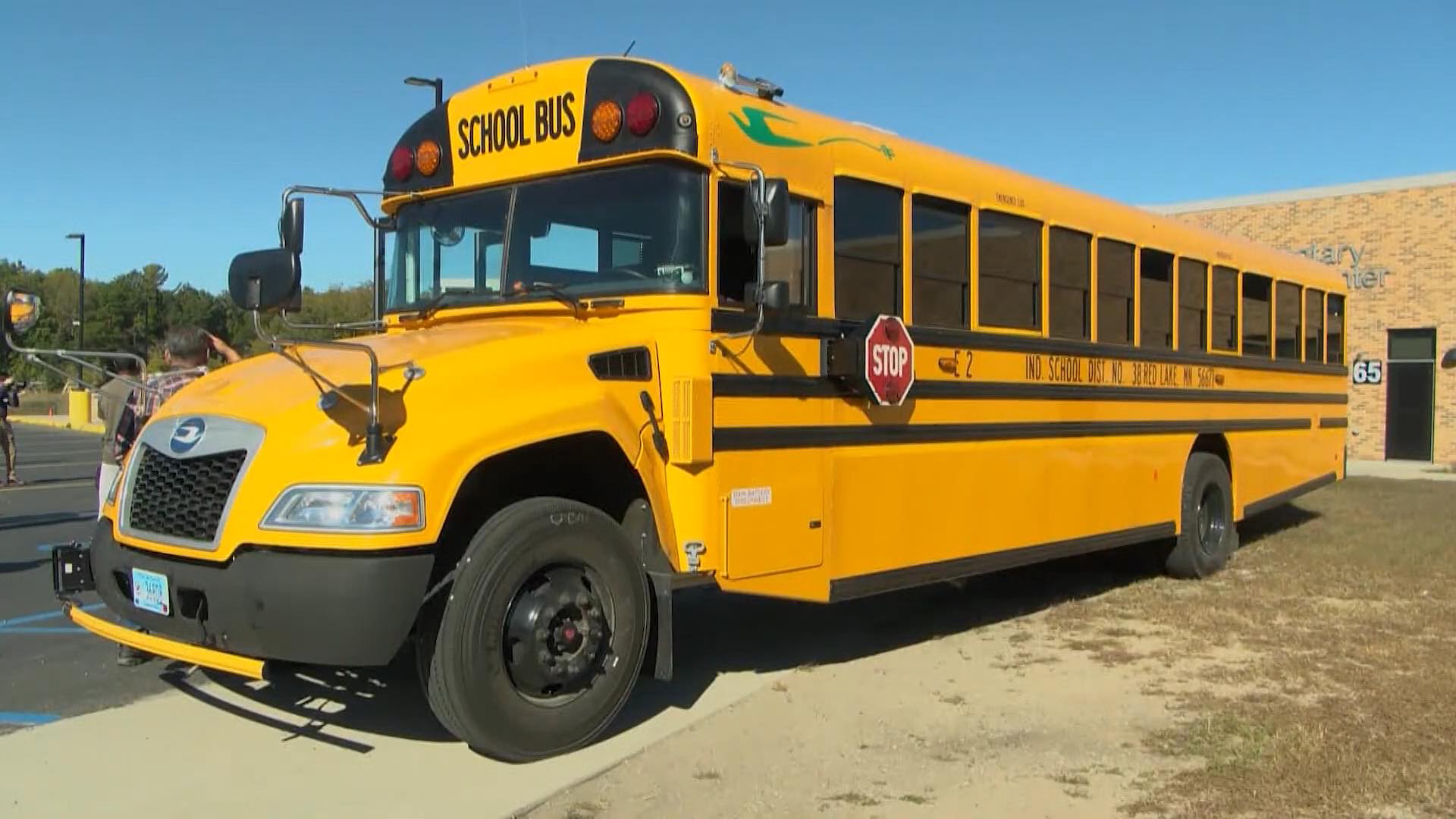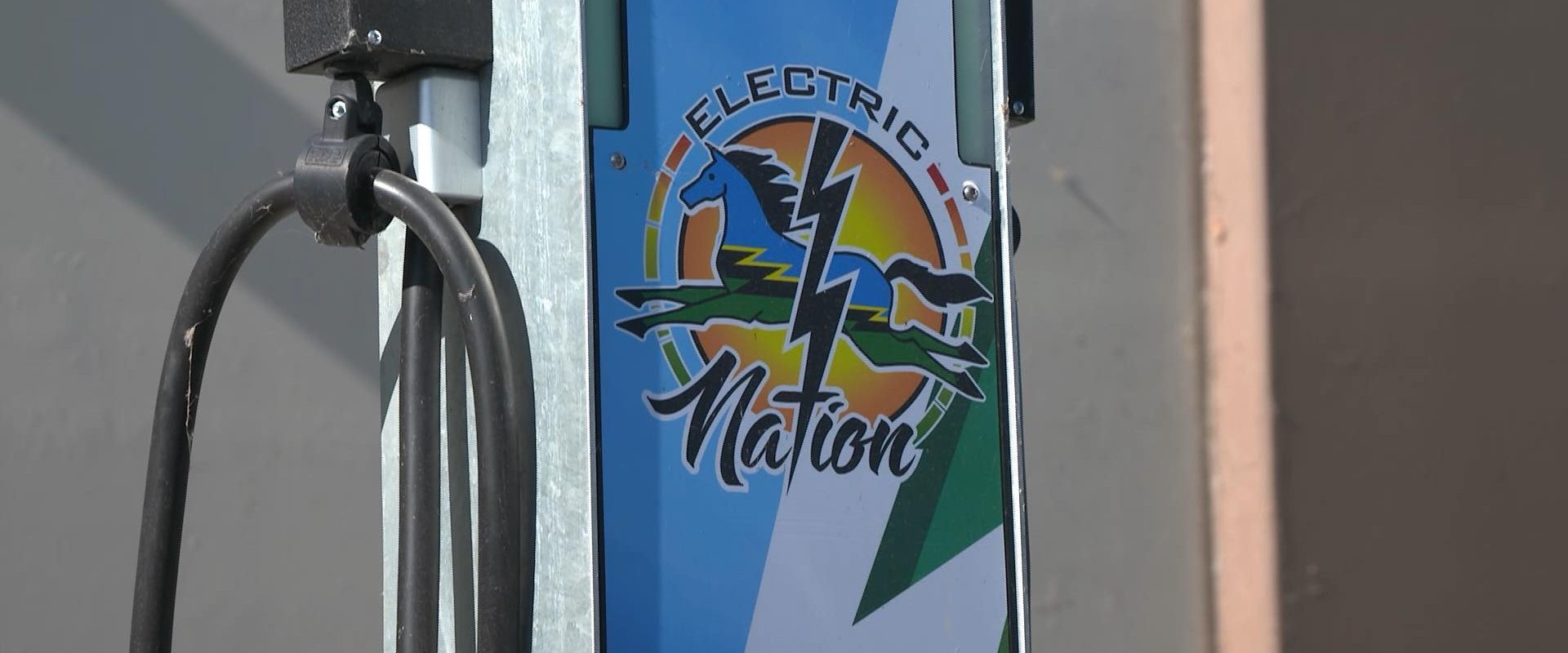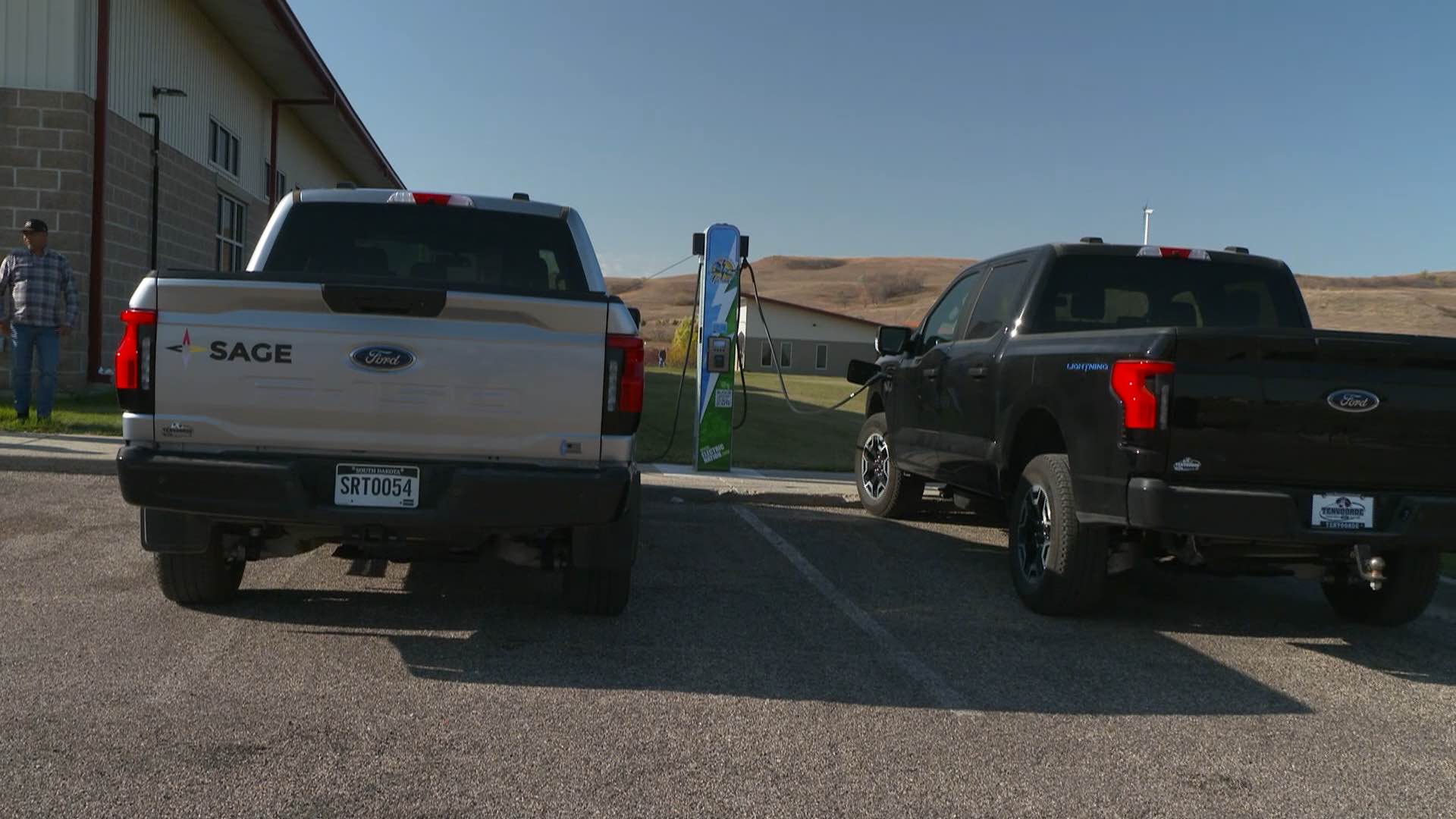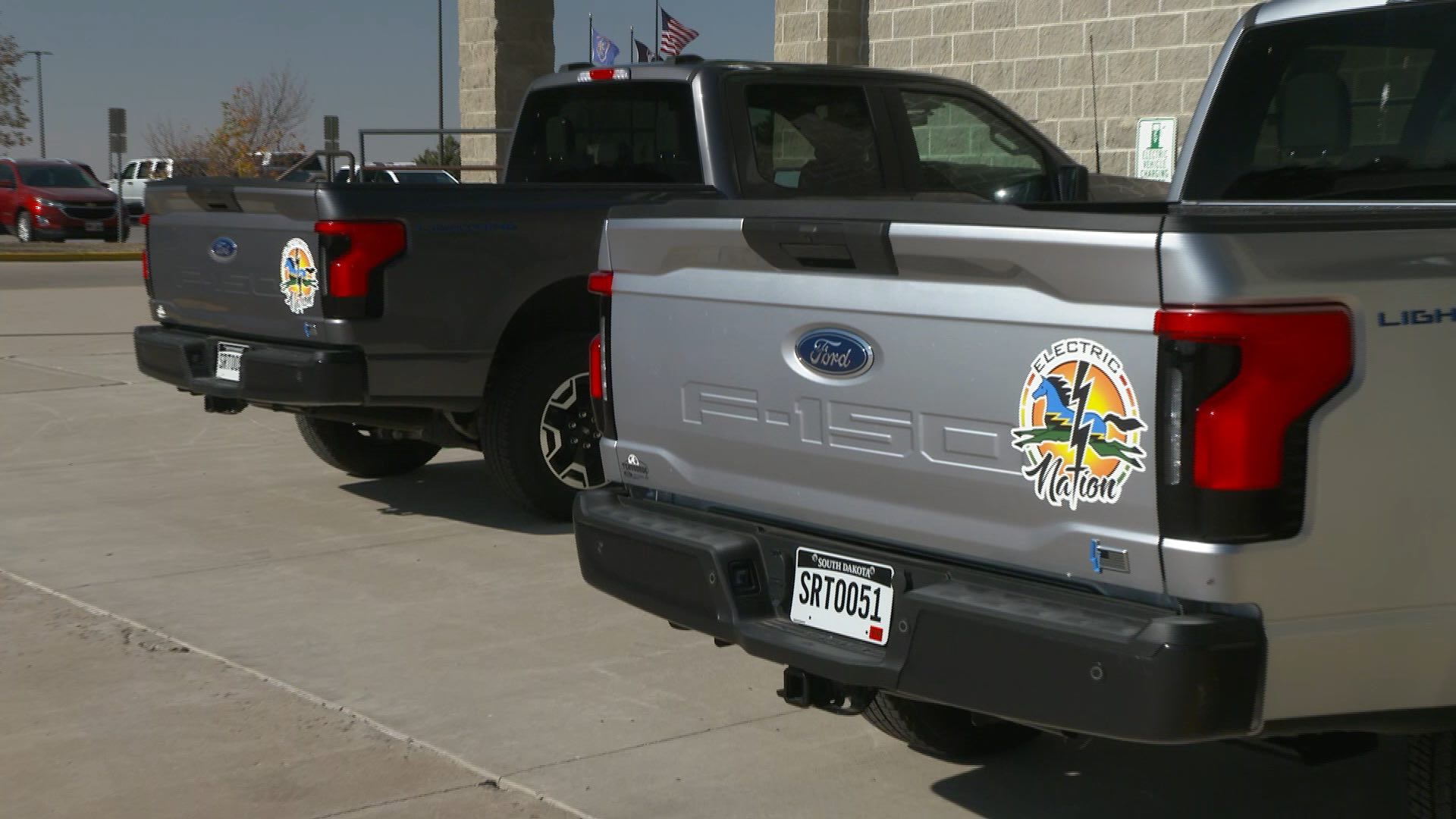Green Commercial Lawn Mowers
Advances in electric batteries are driving our cars to a quiet, clean, energy-efficient future, and increasingly batteries are replacing fossil fuels and motorized equipment like lawnmowers. On top of that, innovative charging solutions are giving a second life to electric vehicle battery packs, and a whole new meaning to growing green.
There are 40 to 50 million acres of lawn grass in the U.S., making it technically the largest irrigated crop in the country. And an estimated 56 million lawn mowers are keeping all of those yards and golf courses trimmed.
 If you consider that in one hour, a single gasoline-powered mower produces the same amount of emissions as driving 11 cars, and that an estimated 17 million gallons of gas are spilled each year while refueling lawn equipment, then maintaining our green spaces in the current manner isn’t doing any favors for the rest of the planet.
If you consider that in one hour, a single gasoline-powered mower produces the same amount of emissions as driving 11 cars, and that an estimated 17 million gallons of gas are spilled each year while refueling lawn equipment, then maintaining our green spaces in the current manner isn’t doing any favors for the rest of the planet.
Which is why electric-powered lawn equipment is gaining favor with eco-conscious homeowners and forward-thinking commercial lawn care services.
The city of Burlington, Vermont has bought into the advantages of battery power, and is encouraging others to do the same.
DARREN SPRINGER: We at Burlington Electric are promoting electrification in many technology areas. We have electric vehicle programs, electric bike, electric bus, cold climate heat pumps for heating and cooling, and as part of that we also are promoting electric lawn mowers, both commercial scale, and residential. And we have rebate programs to support those, and we’re really doing it because our customers can save money, uh, when they mow electric compared to mowing with a gas mower. It's better for the environment for a variety of reasons, and it’s also quieter, so it’s better for our neighborhoods as well. 
JOHN DAVIS: Consumer-grade electric mowers, blowers and trimmers are available in most big-box home improvement stores, and are cost-competitive with gas-powered models right off the shelf.
Larger commercial units, with their higher capacity batteries, may cost a bit more up front, but lower fuel and maintenance costs can pay that back and generate bottom-line savings in 3 or 4 years.
Burlington's incentive program offers up to $100 dollars for homeowners and $3500 for commercial operators who purchase electric lawn mowers. It has become their most popular rebate program, and other cities are starting to follow suit.
Blue Roof Foundation, a Dallas-based non-profit, educates consumers and pros on the tremendous potential of battery-powered lawn equipment, and came up with a unique battery recharging solution to aid in the transition.
 Blue Roof has created this prototype trailer, equipped with lithium-ion modules re-purposed from a Nissan Leaf battery pack. It allows a typical lawn care crew to swap and recharge equipment batteries on location, and power through a full day of mowing without burning, or spilling, a drop of gas.
Blue Roof has created this prototype trailer, equipped with lithium-ion modules re-purposed from a Nissan Leaf battery pack. It allows a typical lawn care crew to swap and recharge equipment batteries on location, and power through a full day of mowing without burning, or spilling, a drop of gas.
CARLOS OJEDA: The whole idea of the trailer is to really carry, store, and plug in one power cord that recharges everything inside. So the whole idea is that, during the work day, they can just come back, swap batteries, just like they were switching and refueling gasoline.
JOHN DAVIS: The high-energy battery packs that propel electric vehicles may lose capacity over time, yet still produce enough kilowatt-hours of power for less-demanding uses.
CARLOS OJEDA: Our main mission is really to reduce pollution by reducing the usage of small gas engines and switch that to electric. It just happens that, by repurposing the Leaf batteries, we’re actually at the same time, delaying the time that those batteries will end up in a landfill. So we’re giving them a second life as an effect of all this. So, it’s part of our mission, but the most important one is really to reduce pollution.
JOHN DAVIS: Reducing air and noise pollution while saving money is a win-win-win proposition. So, when it’s time to replace that old mower in your shed, remember that mowing clean can preserve the green all around us.
Electric Nation
Electric vehicle charging is now readily available in most areas of the country and along major travel routes, but many smaller communities find themselves behind the clean energy curve when it comes to EV infrastructure. Well, here’s a look at one group that’s banding together to help create an electric nation.
The upper Midwest inter-tribal EV charging community network, which the project team named Electric Nation, is an EV infrastructure project serving tribal members on 23 Native American reservations across five states. Aided by U.S. Department of Energy funding, this public-private partnership will introduce 60 level 2 chargers, along with 19 light- and medium-duty plug-in electric vehicles, directly into these communities, empowering them to expand their fuel diversity and reduce greenhouse gas emissions.
ROBERT BLAKE: It always seems that these communities are always last to receive this type of investment. How do rural communities participate in this energy transition? Well, this is a perfect opportunity for rural communities to be a part of that transition.
JOHN DAVIS: Electric Nation chose their plug-in vehicles carefully, closely matching each one’s range and capabilities to their intended use. Sitting Bull College, in the Standing Rock nation of North Dakota, uses this Ford E-Transit to shuttle students between campus and local destinations. Traveling about 140 miles daily closely matches the van’s range, and allows it to recharge fully overnight.
Two new electric school buses will clear the air for Red Lake, Minnesota students, who often spend hours aboard for their daily school commutes. This family and child services office in Red Lake nation is now using electric vehicles to transport individuals around the region for appointments, and deliver meals to elder residents. Boosting economic development for these traditionally disadvantaged areas is equally important.
Vehicles and chargers deployed at key businesses like the Red Lake fishery, trading post and even a buffalo farm, will enable them to stay competitive by reducing fuel costs and to work clean at the same time. Miles and miles of gravel farm roads are the norm around these parts, so the F-150 Lightning will be especially useful here.
The Electric Nation project is building on the idea of the National Alternative Fuel Corridors, where designated highways, now covering parts of all 50 states, are populated with EV chargers, and clean fuel stations for natural gas, propane and hydrogen.

Linking the tribal lands across this vast midwestern landscape will be 55 DC fast chargers on popular travel corridors and along tourist routes like the Native American Scenic Byway in South Dakota, and at several tribal casinos.
ROBERT BLAKE: A lot of tribal nations, through our cultural teachings, have a connection to the planet and to the environment, and so being able to reduce our need for fossil fuels is something that speaks to our cultural heritage.
JOHN DAVIS: The Electric Nation project is analyzing how these electric vehicles perform, especially in extreme cold weather, and includes EV education, outreach and engagement so that the successes here can be replicated in other parts of the country.
It seems only fitting that those with the longest ties to our natural history are taking the biggest strides towards a clean future.








